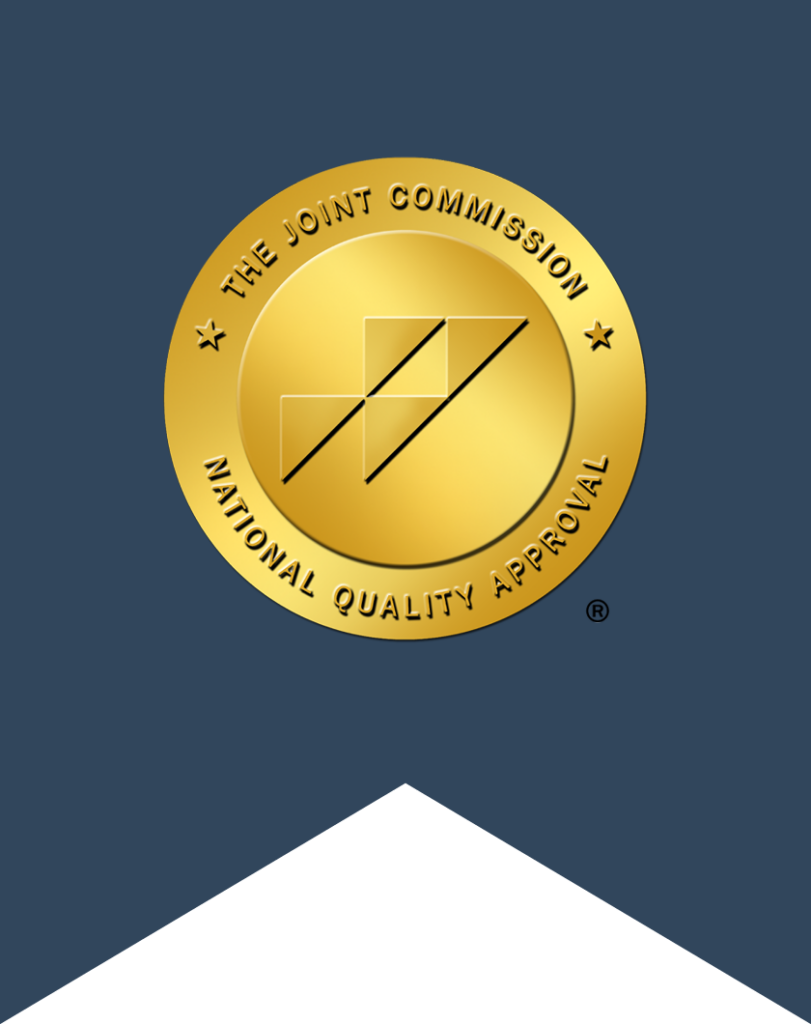Opiate addiction is a hot topic these days. According to the CDC, between 1997 and 2007, the use of prescription opioids more than quadrupled. With prescription drug abuse reaching all-time highs, the nation is embroiled in a policy discussion- how do we balance pain management with the growing drug crisis? According to an opinion piece published in the New England Journal of Medicine, finding that balance will require careful planning and entrepreneurship.
“There are simultaneous pressures to increase opioid prescribing for the benefit of individual patients and to reduce it for the sake of public health,” write article authors Jeanmarie Perrone and Lewis Nelson, who are teaching physicians of emergency medicine and toxicology at the University of Pennsylvania and New York University’s schools of medicine, respectively.
The article traces the factors that have led to an increase in prescribing oxycontin and other drugs that lead to opiate addiction. With increased awareness and recognition of pain and pain management, including the classification of pain as a “vital sign” in 2001, the drug crisis has grown at the hands of medical professionals rather than street dealers. Although prescription drug monitoring programs (PDMPs) have existed since 1993, the impact on reducing opiate addiction is limited. However, the authors note that renewed interest and increased funding, perhaps as a result of the impact of the prescription drug crisis on our communities, has expanded the program and now 42 states have operational PDMPs.
Opiate Addiction and IT
However, the authors argue that PDMPs are not enough, that a comprehensive, uniform pain management record needs to be developed that can be shared across providers. They propose a more modern web-based PDMP that can be easily accessed, shared and tracked. This system, patient based, would allow a physician to quickly check a patient’s self-reported pain history to determine legitimacy as well as if it is within chronic care guidelines. For example, if a patient was prescribed oxycontin two days ago in New York, it would show on the system when a doctor logs in from California. It would also alert physicians, pharmacists and other health professionals to the potential of misuse, opiate addiction, and drug interactions.
“Clinicians are facing the challenges of caring for an increasing number of patients with chronic pain. Safety measures, including the expanded use of well-designed PDMPs, must be instituted to address the issues of opioid prescribing in this growing population,” wrote Perrone and Nelson. “PDMPs are no panacea; a multimodal approach is required.”
Prescription drug abuse and opiate addiction are common and people who suffer do not do so alone. If you or someone you love is suffering from substance abuse or addiction, please call us today. We have a women’s program designed to treat the unique needs of women during recovery. Destination Hope: The Women’s Program is a full service alcohol abuse, drug addiction, and women’s health treatment facility in Florida for women who suffer from substance abuse and mental health disorders.
